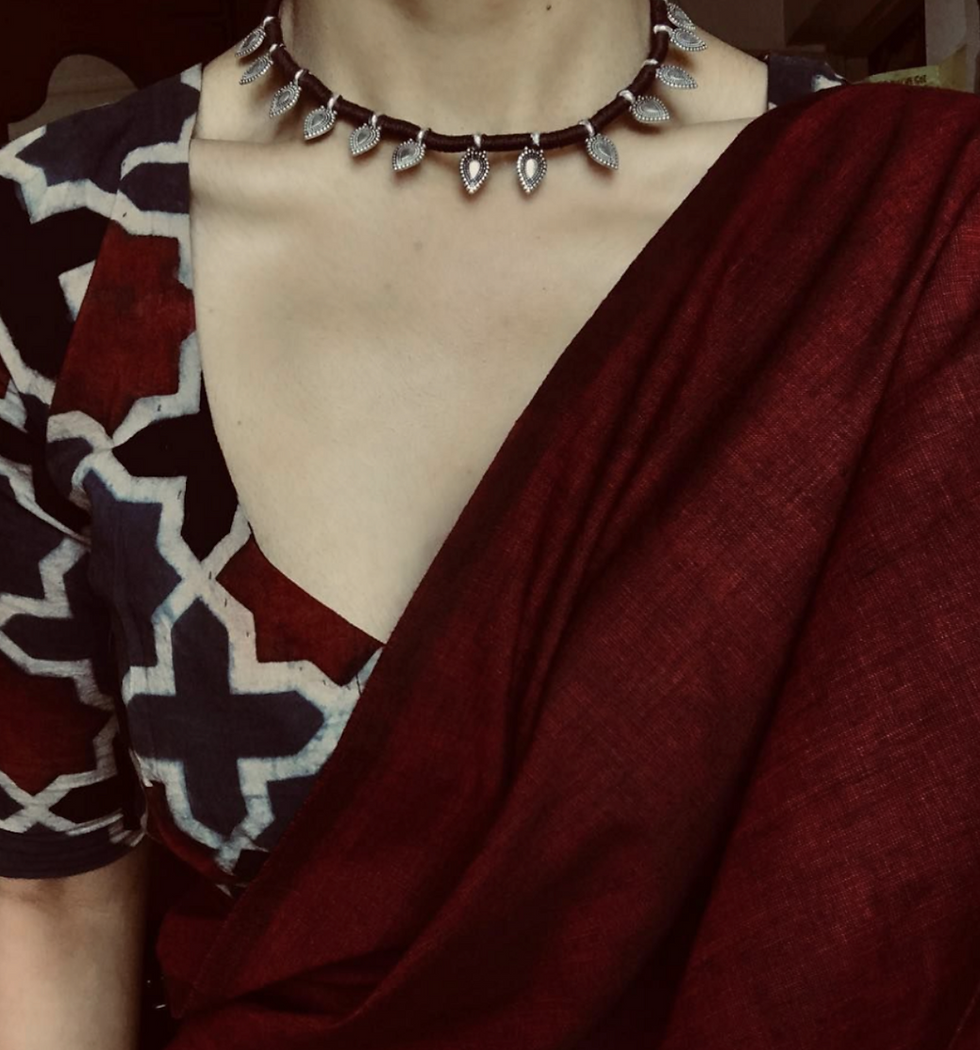First East Indian Immigrants and U.S. Citizenship based on Whiteness
- Shivani
- Oct 19, 2020
- 3 min read
The first East Indian Hindu to acquire American citizenship obtained it by arguing that he was Caucasian or a "free white." It was the year 1913, the U.S. at the time granted citizenship to "free white persons." He was Akhay Kumar Mozumdar. Ironically, he also was one of the first Indians to have his citizenship revoked based on the landmark case United States v. Bhagat Singh Thind, 261 U.S. 204 (1923) which ruled that Indians do not fit the definition based on the common usage of the term "white" and do not look white even though anthropologically some may be considered Caucasian.
In 1905, at the age of twenty-five, Mozumdar arrived in Seattle, Washington from Calcutta, India after traveling through China and Japan to teach Hindu spirituality and meditation. He was taken in by a Swedish family where he learned the english language. After a few years, he lived, and lectured in Spokane, Washington. While in Spokane, he also wrote his first book The Life and the Way and formed the Christian Yoga Church in Spokane. His alternative spirituality that combined aspects of Hinduism and Christianity gained popularity and his lectures were well attended. He even enlisted in the U.S. Army during World War I and assigned to officer's training in Gonzaga University.
After having lived in Washington for some time, he applied for U.S. Citizenship which was initially denied and then appealed. He argued before Frank H. Rudkin in a Spokane Courthouse that he should be classified as white based on the immigration law at the time because he was a high caste Brahmin of unmixed Aryan race.
There was no precedent at the time regarding granting citizenship to an East Indian who could be considered "neither white nor black." The issue of whether someone was a "free white person" was believed to be a question of fact. Because there was no precedent on the matter, Judge Rudkin opined that courts were not confronted by such a matter because until that point, Congress was only familiar with European and white immigration and thus conferred citizenship to those of Caucasian race. He argued that certain individuals from India are also classified as Caucasian and was satisfied by the testimony provided by Mozumdar about his racial pedigree. Judge Rudkin after two years of litigation on the matter granted citizenship to Mozumdar and held that he was a "free white person" and thus eligible for American citizenship.
Mozumdar moved to California in 1920 and founded a church in the San Bernardino Mountains. He traveled extensively throughout the United States to give his lectures and sermons. He even produced a film "Beyond the Veil" in Hollywood in 1924. He built a The Temple of Christ in the San Bernardino Mountains at a site known as Camp Mozumdar. The temple was designed by a San Diego architect William P. Lodge. He died in 1953 in San Diego, his ashes were laid to rest in Forest Lawn Cemetery in Glendale, California.
Indian's Argued Of Common Ancestry with Whites
Many of the East Indian's who migrated to the United States at the turn of the twentieth century and sought citizenship did not challenge the constitutionality of the immigration law based on racial classification. Instead, these individuals requested that they be classified as Caucasian or "free white persons" based on the theory that East Indians and Europeans share common ancestry from Proto-Indo-Europeans. In Ozawa v. United States 260 U.S. 178 (1922) the court had held that meaning of white people for purposes of immigration were members of the Caucasian race and that Japanese people were not considered Caucasian.
However, shortly, there after the U.S. Congress had passed the Immigration Act of 1917 barring citizenship to Asians immigrating to the United States. In the Thind case, the court found that no person with East Indian origin in eligible for U.S. Citizenship because they did not meet the common sense definition of white. Justice Sutherland in the Thind decision references the 1917 Act barring Asian immigration as further evidence that Indians as Asians were similarly barred. Following, this decision, Mozumdar and upto 50 other Indian-Americans had their citizenship revoked. However, Thind's lawyer Sakharam Ganesh Pandit successfully argued against revocation and kept his citizenship.
Mozumdar and Thind remained in the United States and acquired U.S. Citizenship at a later date. Thind acquired his based on his service, as a veteran, to the United States military. Mozumdar acquired his after the passage of The Luce-Celler Act of 1946 that allowed a quota of 100 Indians to immigrate and acquire U.S. citizenship.
References:
A.K. Mozumdar and the Problem of Whiteness by Charlie Byers
Yesterday's Evangelist From India by David H. Howard



Upgrade your footwear collection with converse slippers men's, converse baseball shoes, and mens converse gym shoes for casual and athletic wear. Stay stylish with a mens converse t shirt while pairing it with mens converse tennis shoes, mens converse low tops, or mens converse all stars. Elevate your look with converse platforms men, converse platform sneakers, converse low top platform, and high platform converse shoes. Kids can enjoy trendy platform kids converse, while fashion-forward individuals can rock converse platform trainers. Whether for sports or streetwear, Converse has the perfect style for you! mens converse all stars.
For an effortlessly cool and rugged look that stands the test of time, Mens western jackets are an absolute staple. If you're searching for authentic, high-quality designs that truly capture the spirit of the frontier, Western Outfitters offers an impressive collection.